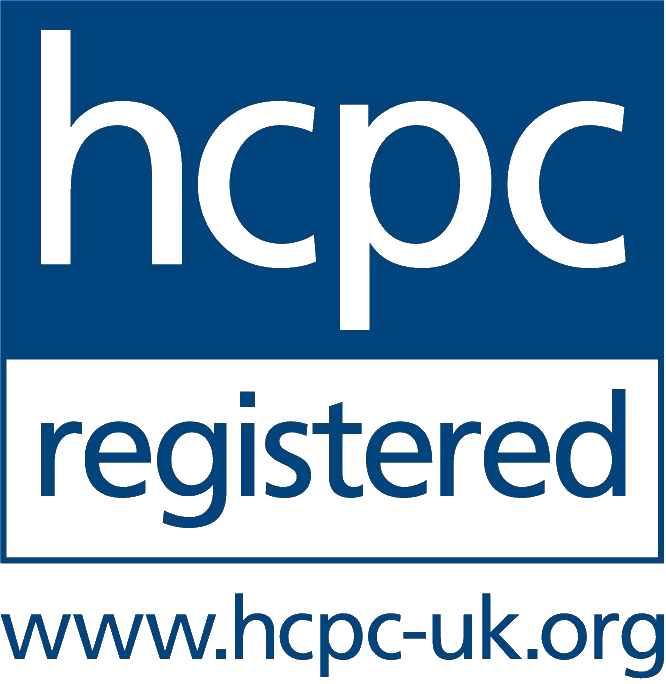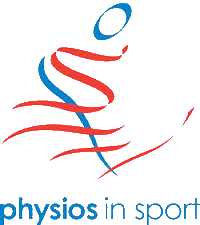Hip Pain
The hip joint is a ball and socket joint that is formed by the femoral head (thigh bone) and the acetabulum of the pelvis. Unlike the shoulder joint which is a shallow ball and socket joint to allow a large range of movement, the hip joint is deeper with strong ligamentous support due to its main role being that of locomotion. It is the main joint that connects the lower limbs to the axial skeleton.
However, there are a number of different movements that are permissible at this joint:
- Flexion: bringing the leg forward / bringing knee towards the chest
- Extension: bringing the leg behind you
- Abduction: bringing the leg out to the side, away from the body
- Adduction: bringing the leg towards the midline of the body
- Internal rotation: with the knee bent, rotating the lower leg outwards
- External rotation: with the knee bent, rotating the lower leg outwards.
There is significant ligamentous support provided by the iliofemoral, pubofemoral and ischiofemoral ligaments which together form a very strong joint capsule. Further support is provided by the numerous muscles that act upon and around the joint to also provide movement. These include:
- Hip flexors: psoas major, iliacus and rectus femoris
- Gluteal muscles: maximus, medius and minimus
- Hamstrings
- Adductors: magnus, longus and brevis
- Gracilis
- Lateral rotators: piriformis, gemelli etc
- Tensor fascia latae
Through various different aspects the important vascular and nerve supplies passes through the hip joint to supply the lower limb.














